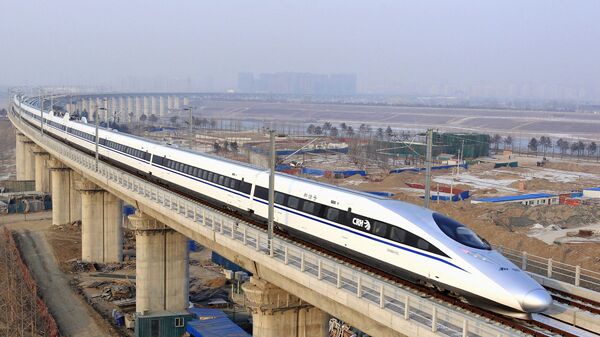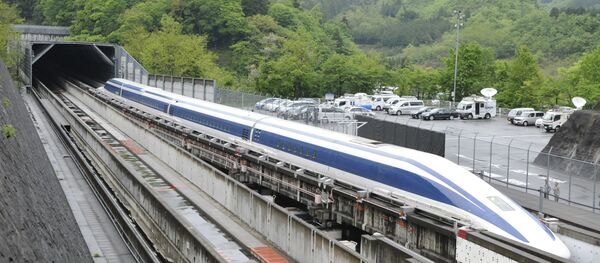The need to move its army fast stems from the geographical enormity of the country and China's relations with neighboring states, of which there are 14. Ongoing border disputes with India, potentially unstable Myanmar to the south, Tajikistan and Kyrgyzstan to the west, and the country's border with North Korea explain China's striving to evaluate its military's performance in rapid movement, with sights set on the army being able to respond to various types of crises.
For a country with such a huge territory and the longest land border in the world, handling the problem by using civilian infrastructure may indeed be a clever solution.
"This new mode of transportation is an improvement. With troops now able to step out of their barracks and onto the high-speed train, troop movement will be significantly faster," OE Watch, the Army's Foreign Military Studies Office newsletter, noted in June.
To date, China has the largest high-speed rail network in the world with trains traveling faster than 120 miles per hour. By the 2020s, Beijing plans to more than double the number of its high-speed lines.
The Lanzhou brigade's trip was the first time a military unit had ever traveled along the high-speed rail line to Xinjiang, the Week reported.
An analysis of the trial run held on June 2 evaluated the train fully loaded with troops, with equipment placed on the luggage racks and in the spare room at both ends of each carriage.



